Do you notice a tooth in either upper or lower jaw appear taller than the neighboring teeth? Do you have problems like pain or sensitivity with the odd tooth? If yes, it might be a super erupted tooth.
Super eruption, also known as Overeruption refers to the condition in which a tooth is pushing too far out of the gums and bone. In general, teeth eruption is controlled by a balance of different forces. When the force is not balanced properly, a tooth tends to emerge continuously.
Luckily, it can be prevented with timely interference. To know more about super-erupted teeth, continue reading.
What are the possible causes of super-eruptions?
When a tooth starts to erupt, the underlying bone pushes the teeth out of the gums. As seen earlier, several factors influence the pushing force. The important one to mention is the force from opposing teeth (i.e.) force applied by the teeth in the opposite arch.
However, the following situations lead to an imbalance in the force and prompt a tooth to erupt too far from the gums.
- Worn out tooth
- Damaged tooth
- Missing tooth
- Bad bite
- Wearing low-quality dental restorations
Our ancestors have super-erupted teeth due to teeth wear. It is because they consumed a lot of coarse foods like grains. Needless to say, such steady diet of hard foods requires more bite. So enamel wears down is inevitable. It would upset the balance of force applied to the erupting opposition teeth hence that our elders had super eruption teeth.
Nowadays, there are fewer instances of this issue because the current generation people take soft foods mostly. However, some people develop super eruption teeth nowadays due to missing teeth and poorly designed restorations.
When a tooth is avulsed or removed surgically, its contrary tooth would lose its opposing partner. The missing tooth will never exert the force necessary to control the hyper super eruption. It will happen if the missing tooth is poorly made prosthetic appliances.
what is tooth eruption?
Tooth eruption is the biological process where a tooth moves from its developmental position within the jaw to its functional position in the mouth. This begins around six months of age for primary teeth and continues until the late teens or early twenties for permanent teeth, including wisdom teeth. Signs of eruption include swelling and redness of the gums as the tooth breaks through the gum line.
What are the problems associated with having super erupted teeth?
The teeth that stick out more than the other teeth due to unopposed teeth will encounter the following problems:
- Intense pain in the tooth
- Tooth Sensitivity
- Severe trembling in the tooth
- The tooth’s surface appears dark
Moreover, foods stuck between the super eruption teeth frequently. In such cases, accumulation of food debris will take place. It increases the risk of plaque build-up, cavities, and even gum diseases.
How do dentists treat such super eruption teeth?
In most cases, orthodontic treatments are prescribed to force the tooth back. Likely, the treatment of cutting the tooth’s interfering portion and is followed by mounting a dental cap is also suggested.
Generally, dentists have to consider a lot of factors like crown-root ratio, health of the periodontal ligaments, gum health, need for restorations, malocclusions, and others while selecting the treatment option for super-erupted teeth.
Luckily, it is feasible to eliminate the catastrophic effects of super erupted with early intervention.
Bottom line
When a tooth is worn or detached from the gums, super-eruption will take place in its adjacent teeth or teeth in the opposition arch. In certain cases, overeruption will occur in both jaws. As it is linked to various oral discomforts and increases the risk of poor oral habits like tongue thrusting, it should be rectified as soon as possible.

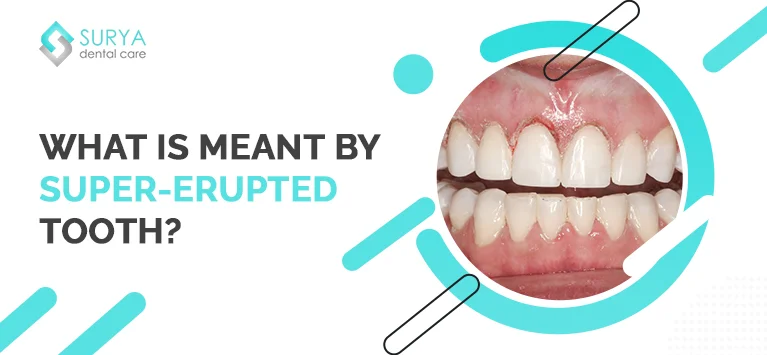




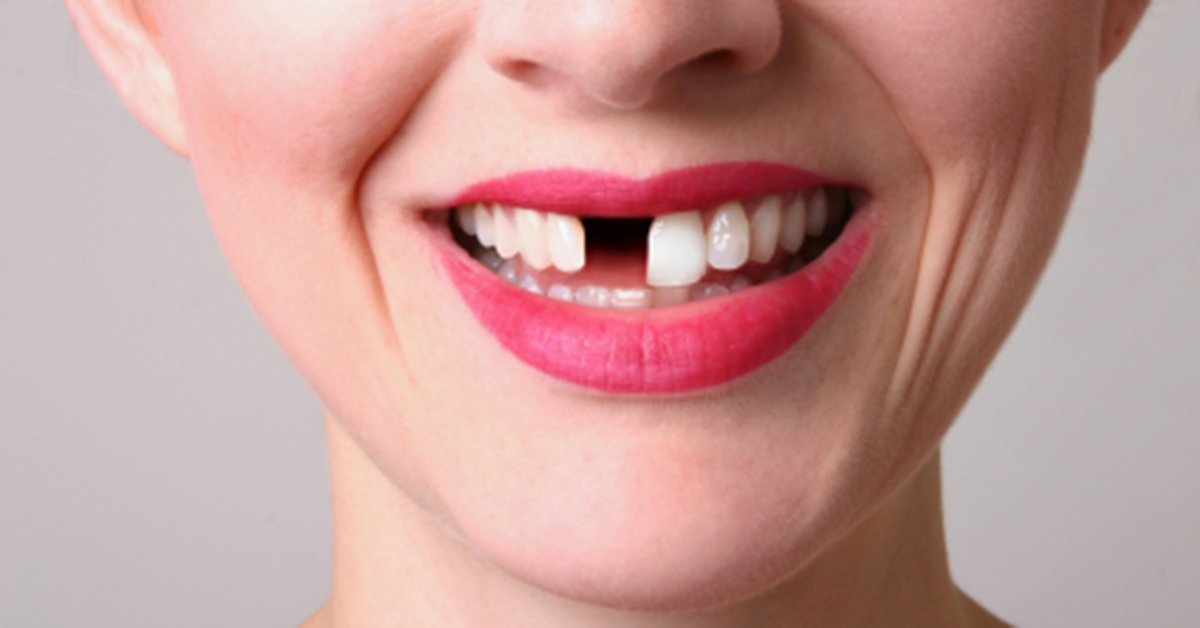



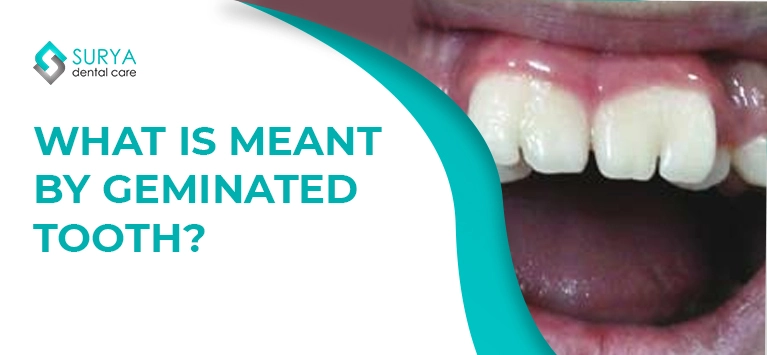
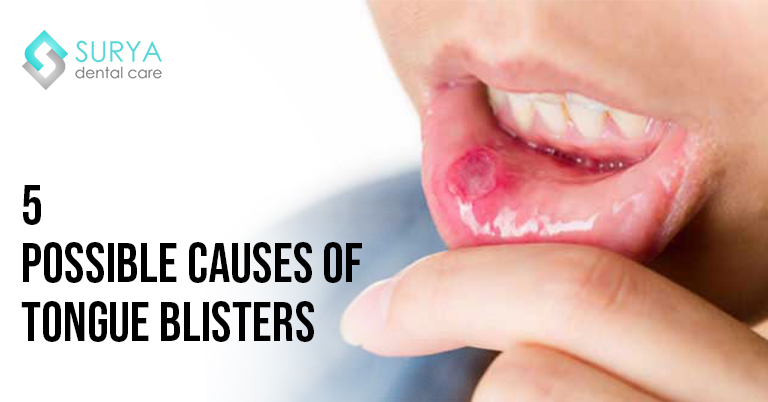
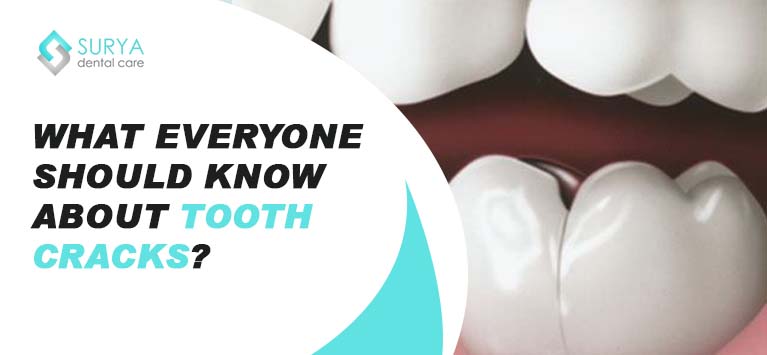

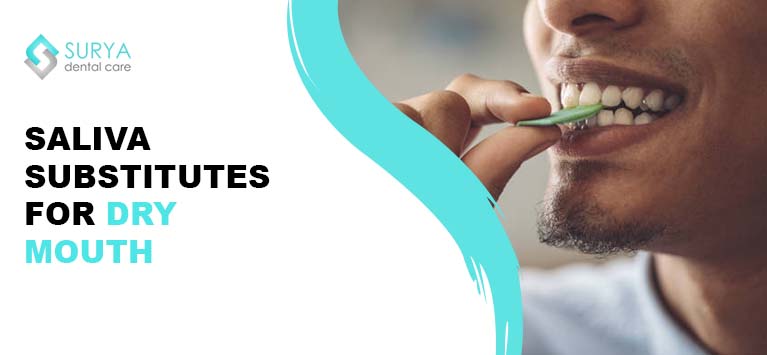
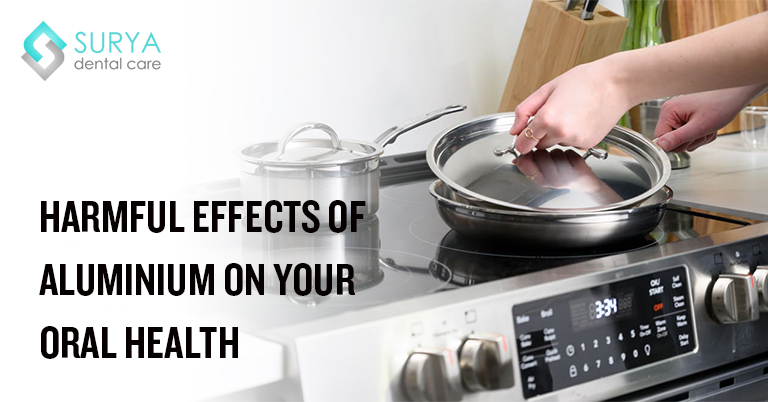
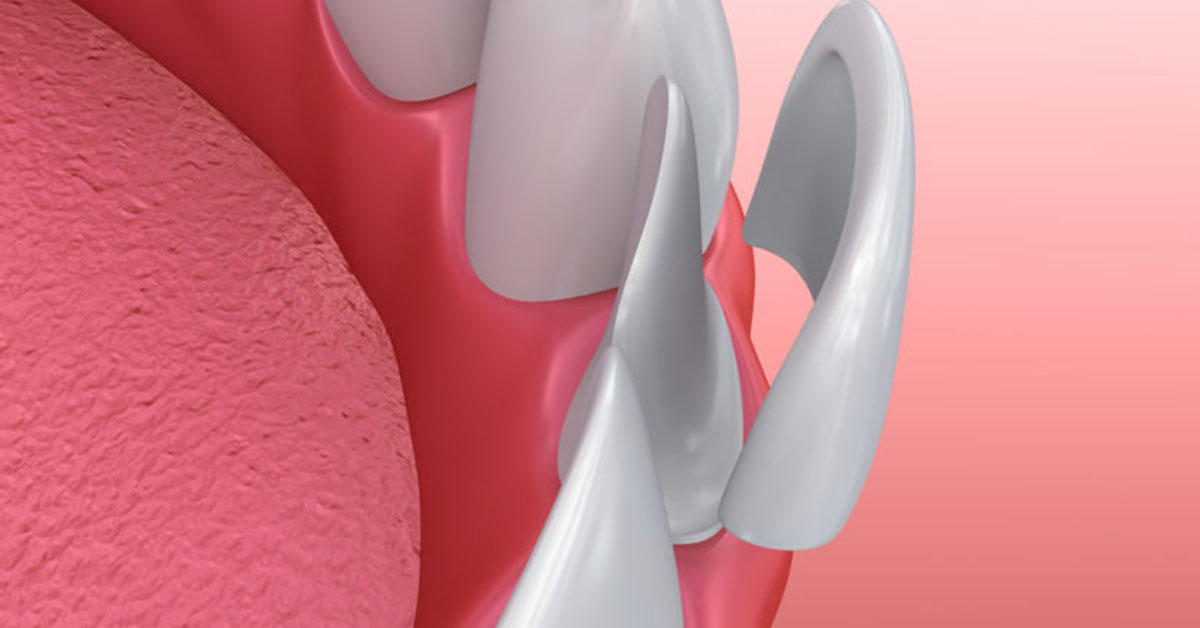

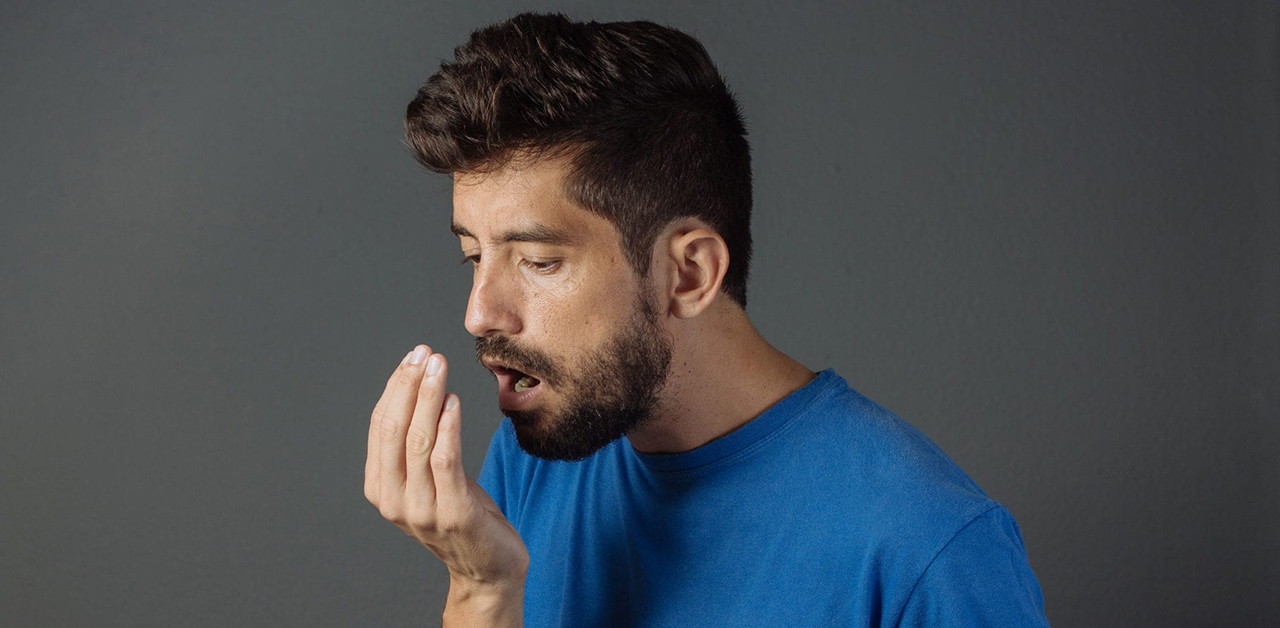



Leave a Comment